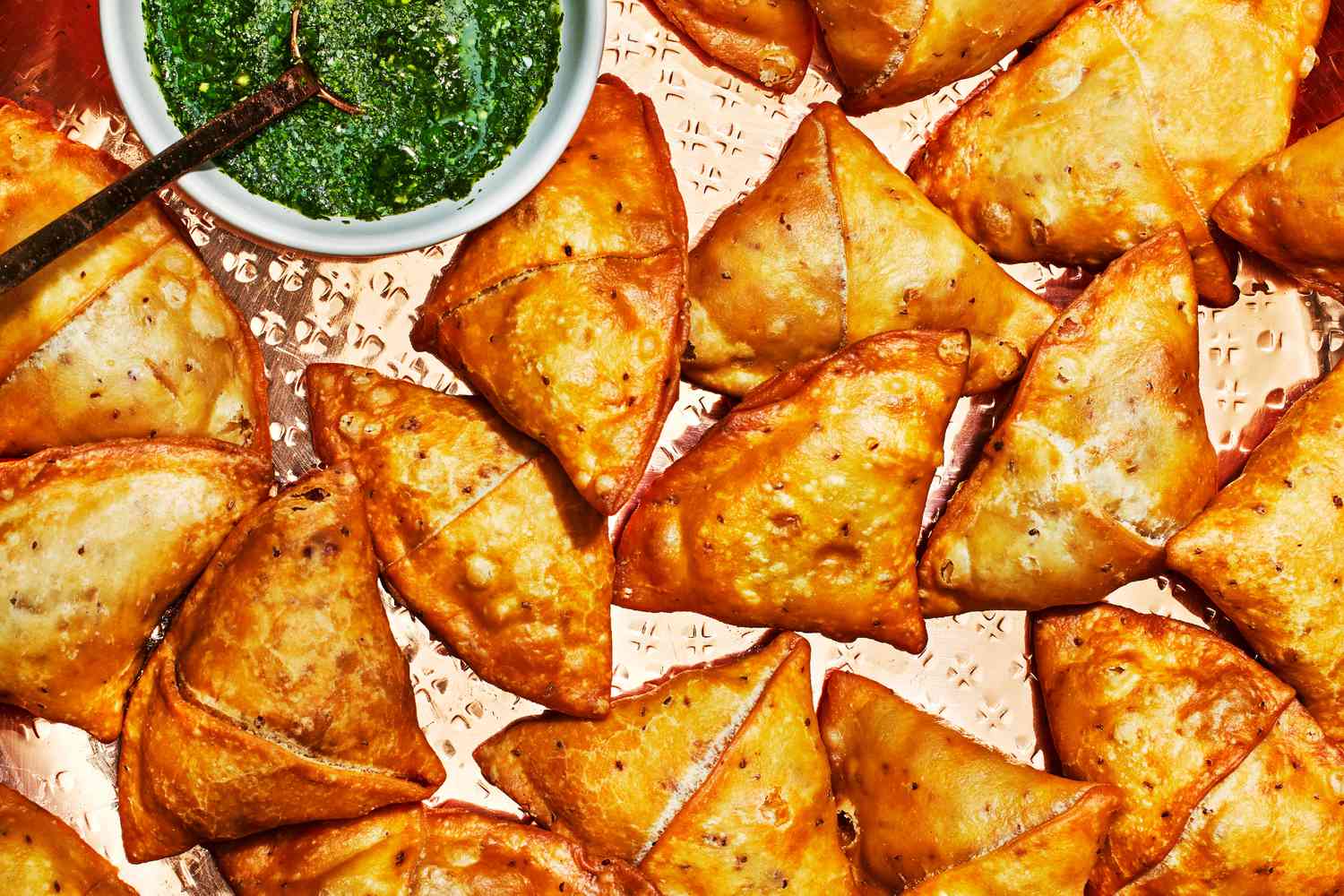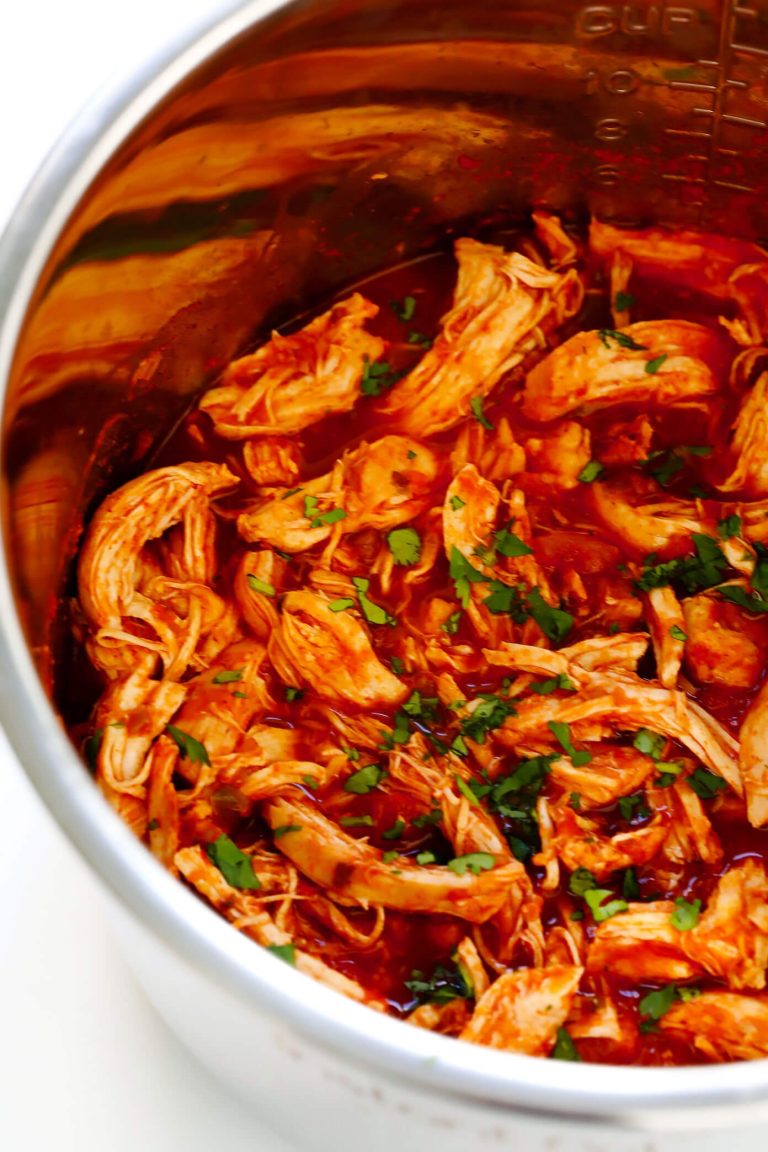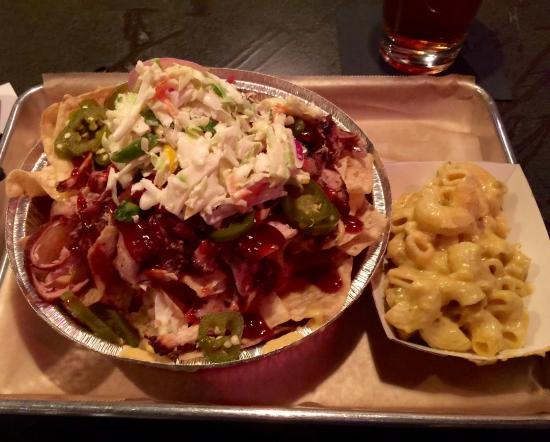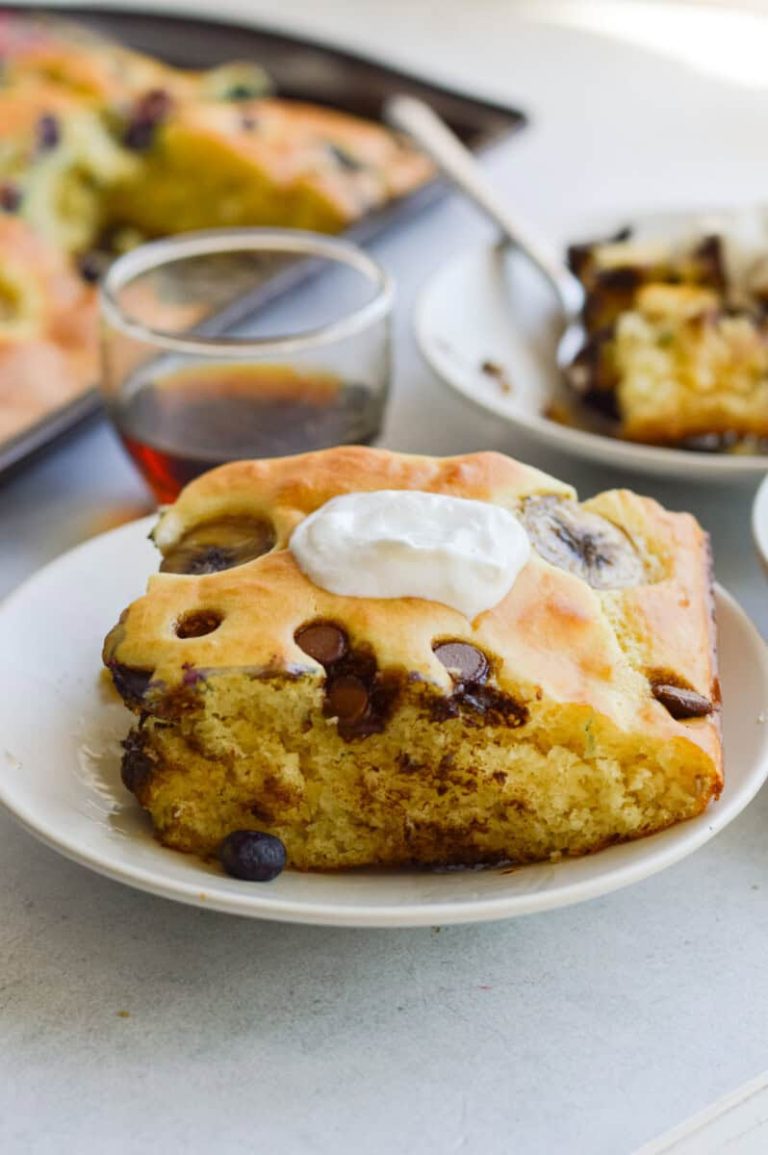Sambusa: Origins, Variations, and Healthy Recipes for Every Diet
Sambusa’s origin traces back to ancient Persia where it was known as “sambosa”. Traders and explorers brought it to various regions, including the Indian subcontinent and East Africa. Its spread through trade routes and migration contributed to regional adaptations. Historical texts from the 10th century mention sambusa among the elite cuisines of the time, highlighting its long-standing cultural significance.
Ingredients and Varieties
Sambusa typically features a crispy pastry filled with a savory mixture. Common fillings include spiced ground meat (such as beef, chicken, or lamb), vegetables (like peas, potatoes, and carrots), and occasionally lentils or cheese. Seasonings involve a blend of spices like cumin, coriander, turmeric, and garam masala. The pastry is usually made from wheat flour, water, and oil, rolled thin and folded into triangular shapes before being fried or baked.
Various regions have their own versions:
- In India and Pakistan, it is often called “samosa” and is a popular street food.
- In East Africa, particularly Somalia, sambusa incorporates local spices and sometimes incorporates fish.
- Middle Eastern versions tend to feature more herbs and a milder spice blend.
These variations reflect the local palate, making sambusa a versatile snack enjoyed worldwide.
How to Prepare Sambusa
Step-by-Step Cooking Guide
Start preparing sambusa by gathering ingredients. You’ll need flour, water, salt, and vegetable oil for the dough. Common fillings include spiced ground meat, onions, garlic, peas, and potatoes, with seasonings like cumin and coriander.
1. Make the Dough:
Mix 2 cups of flour with 1/2 teaspoon of salt in a bowl. Gradually add 1/2 cup of water and 2 tablespoons of vegetable oil. Knead until you get a smooth, elastic dough. Cover it with a damp cloth and let it rest for 30 minutes.
2. Prepare the Filling:
Heat 2 tablespoons of oil in a pan over medium heat. Add 1 chopped onion and sauté until translucent. Add 2 minced garlic cloves, and cook for another minute. Include your choice of filling—ground meat, potatoes, peas—and spices. Cook until the mixture is well-blended and cooked through. Let it cool.
3. Roll and Shape the Dough:
Divide the dough into equal portions, usually around 12-15 balls. Roll each ball into a thin oval or round shape. Cut it in half to form two semi-circles.
4. Fill and Seal the Sambusas:
Take one semi-circle, create a cone shape, and seal the edge with a light water application. Fill the cone with the prepared filling, then fold and seal the top. Ensure edges are tightly sealed to prevent leaks.
5. Fry the Sambusas:
Heat enough oil in a deep pan or fryer to submerge the sambusas. Fry them in batches over medium heat until golden brown and crispy. This usually takes about 4-5 minutes per batch. Drain on paper towels.
Tips for the Perfect Crispy Texture
1. Use Cold Water:
Cold water helps make the dough easier to handle and results in a crispier shell.
2. Rest the Dough:
Allow the dough to rest for at least 30 minutes. This relaxes the gluten, making it easier to roll out thinly.
3. Oil Temperature:
Maintain the oil temperature at 350°F (175°C). Too hot oil burns the outside while leaving the inside uncooked, while too cold oil makes them greasy.
4. Thin Dough:
Roll the dough thinly but not too thin. This ensures a crispy texture without breaking.
5. Don’t Overcrowd the Pan:
Fry sambusas in small batches to maintain oil temperature and ensure even cooking. Overcrowding lowers the heat and makes the texture uneven.
Following these steps and tips, you’ll prepare authentic, crispy sambusas that delight any palate.
Popular Fillings and Flavors
Meat and Vegetarian Options
Sambusa offers both meat and vegetarian options to cater to diverse tastes. Meat fillings often include ground beef, lamb, or chicken, usually mixed with onions, garlic, and various spices like cumin and coriander. Common examples include minced lamb with vegetables or spiced ground beef. For vegetarians, options might include spiced potatoes, peas, lentils, spinach, or a combination of vegetables and cheese. Popular vegetarian examples are potato and pea sambusa or spinach and feta sambusa. These choices ensure you can enjoy sambusa regardless of dietary preferences.
Regional Flavor Variations
Sambusa reflects regional flavor variations, adapting to local tastes and ingredients. In the Middle East, you might find sambusas with fillings like lamb and pine nuts, spiced with cinnamon and allspice. In the Indian subcontinent, fillings often feature ground meat seasoned with garam masala, chili powder, and turmeric. East African versions may include ground meat with green chilies, ginger, and cilantro. Variations can also include unique combinations, such as sweet sambusas filled with dried fruits and nuts. Understanding these regional differences highlights sambusa’s versatility and widespread appeal.
Serving and Enjoying Sambusa
Occasions and Pairings
Sambusa fits various occasions perfectly, from casual gatherings to formal events. These savory pastries make excellent appetizers for family dinners, social meetups, or even festive celebrations. Their bite-sized nature adds convenience to any meal setting.
Pair sambusa with complementary dishes. For instance, serve them alongside fresh salads, aromatic rice dishes, or lentil soups. These combinations enhance the overall meal experience while balancing flavors and textures.
Dipping Sauces and Accompaniments
Enhance your sambusa with a selection of dipping sauces and accompaniments. Popular choices include tangy tamarind chutney, spicy cilantro mint sauce, and creamy yogurt dips. These sauces not only add variety to your sambusa experience but also cater to different flavor preferences.
Consider accompaniments like pickles, lemon wedges, and sliced onions. These simple additions bring a refreshing tanginess and crunch that complement the rich, savory sambusa fillings. Serve sauces and accompaniments in small bowls for easy access and a visually appealing presentation.
Health Aspects of Sambusa
Nutritional Information
Sambusa provides a mix of macronutrients and micronutrients. A typical serving includes carbohydrates from the pastry, protein from meat or legumes, and healthy fats from cooking oils. Each sambusa, around 50-100 grams, contains 150-300 calories depending on the filling and cooking method.
| Filling Type | Calories (per 50-100 grams) | Protein (grams) | Carbohydrates (grams) | Fat (grams) |
|---|---|---|---|---|
| Meat (Beef, Chicken) | 200-300 | 10-15 | 20-30 | 10-20 |
| Lentils | 150-250 | 8-12 | 25-35 | 5-15 |
| Vegetables | 150-200 | 3-7 | 20-25 | 5-10 |
Dietary Considerations
Consider your dietary needs when enjoying sambusa. Sambusas with meat or legumes provide a good protein source, while vegetable-filled versions offer lower calories but retain essential vitamins. Opt for whole wheat or alternative flours to increase fiber content. Baking sambusas instead of frying can reduce fat content by up to 50%, making them a lighter option.
Those with dietary restrictions should select appropriate fillings and cooking methods:
- Vegetarian/Vegan: Choose plant-based fillings like lentils, spinach, and potatoes.
- Gluten-Free: Use gluten-free flours such as rice or chickpea flour.
- Low-fat: Bake instead of frying, and use low-fat fillings like mixed vegetables.
Be aware of portion sizes and pair sambusas with salads or soups for a balanced meal.
Conclusion
Sambusa offers a delicious and versatile culinary experience that caters to diverse tastes and dietary needs. Whether you’re indulging in meat-filled pastries or opting for lighter vegetarian versions, sambusas provide a flavorful journey through different cultures. By experimenting with various fillings and accompaniments, you can enjoy a balanced and satisfying meal. Remember to consider portion control and pair your sambusas with healthy sides to enhance your dining experience. Enjoy the rich tradition and global flavors that sambusa brings to your table!






